Benkyu is an innovative online platform designed to transform traditional studying into an engaging adventure for users with ADHD. By incorporating game-like elements such as character creation, leveling up, and unlocking abilities, Benkyu makes learning more interactive and enjoyable. The platform offers customizable learning experiences, unique classes tailored to different ADHD types, and various features to enhance the studying process.
Study
A Learning Game for Individuals with ADHD
This innovative game is specifically designed for individuals with Attention Deficit Hyperactivity Disorder (ADHD) to make learning an engaging and enjoyable experience.
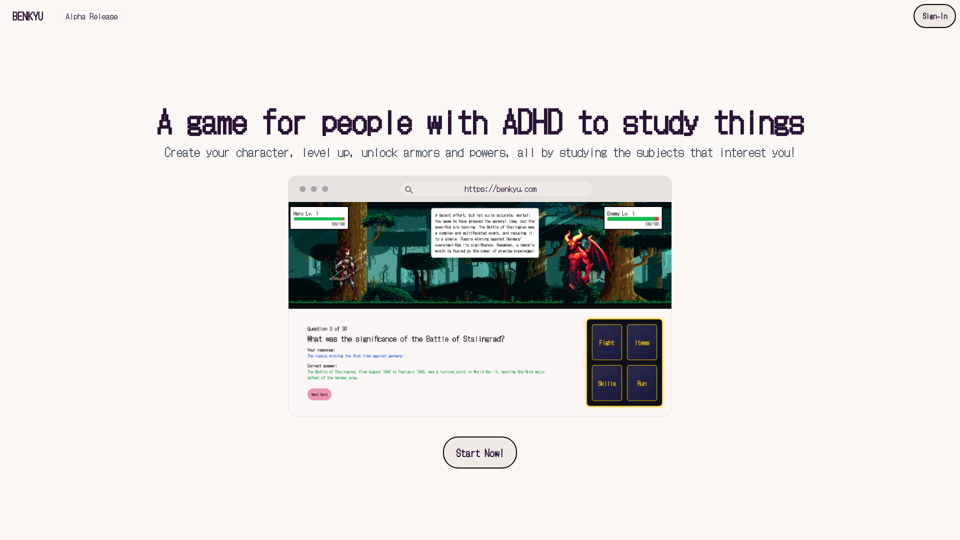
Introduction
Feature
Interactive Study Game
Benkyu turns study sessions into exciting challenges, allowing users to earn rewards as they master new concepts. This gamified approach helps maintain focus and motivation for individuals with ADHD.
Customizable Learning Experience
Users can personalize their learning journey by:
- Uploading books, documents, or slides
- Adding website links
- Joining public stories to cover various subjects
Unique Classes and Powers
Benkyu offers six distinct classes, each designed for different ADHD types:
- The Warrior
- The Archer
- The Rogue
- The Mage
- The Cleric
- (Additional class)
Each class comes with two special powers to assist users in navigating their learning adventure.
User-Friendly Interface
Benkyu features a simple sign-up process and an intuitive interface, making it easy for users to:
- Create their character
- Choose their class
- Begin their learning adventure
Flexible Account Options
| Account Type | Features | Access |
|---|---|---|
| Free | Limited | Basic |
| Subscription | Full | Extended |
FAQ
Is Benkyu suitable for users with ADHD?
Yes, Benkyu is specifically designed for users with ADHD, offering a unique and engaging way to study that caters to their needs.
Can I use Benkyu for free?
Yes, Benkyu offers a free account option with limited features. A subscription unlocks additional benefits and extended access.
How do I choose the right class for me?
Choose a class that resonates with your ADHD type for a more personalized experience. Benkyu offers six unique classes, each tailored to different ADHD types.
Latest Traffic Insights
Monthly Visits
0
Bounce Rate
0.00%
Pages Per Visit
0.00
Time on Site(s)
0.00
Global Rank
-
Country Rank
-
Recent Visits
Traffic Sources
- Social Media:0.00%
- Paid Referrals:0.00%
- Email:0.00%
- Referrals:0.00%
- Search Engines:0.00%
- Direct:0.00%
Related Websites
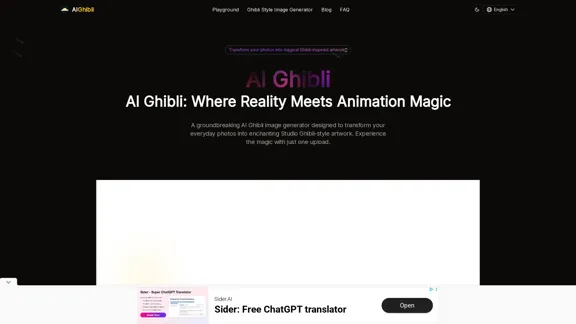
Transform Photos into Ghibli Style Images for Free.
Transform Photos into Ghibli Style Images for Free.Experience AI Ghibli, the revolutionary photo transformation tool that converts your ordinary images into magical Ghibli-style artwork with just one click.
51
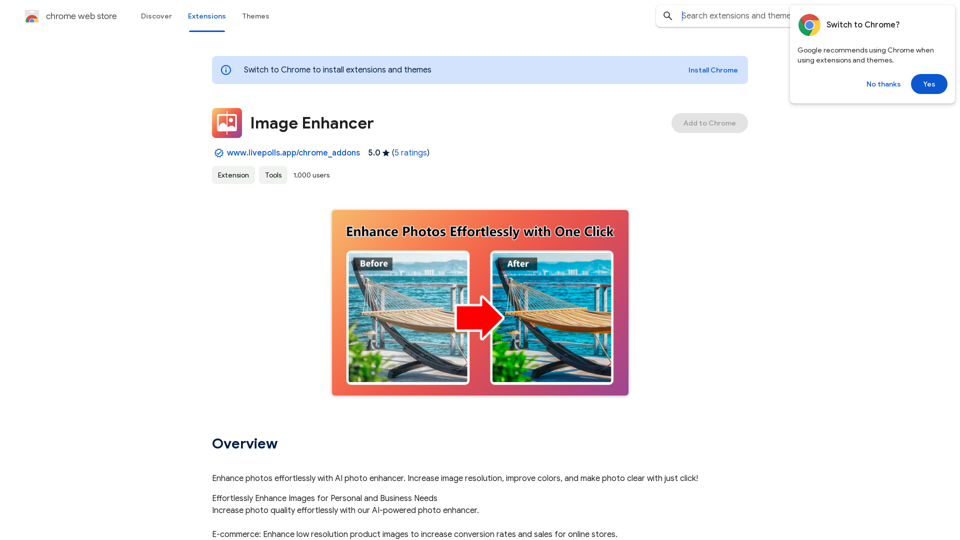
Enhance photos effortlessly with AI photo enhancer. Increase image resolution, improve colors, and make photo clear with just a click!
193.90 M
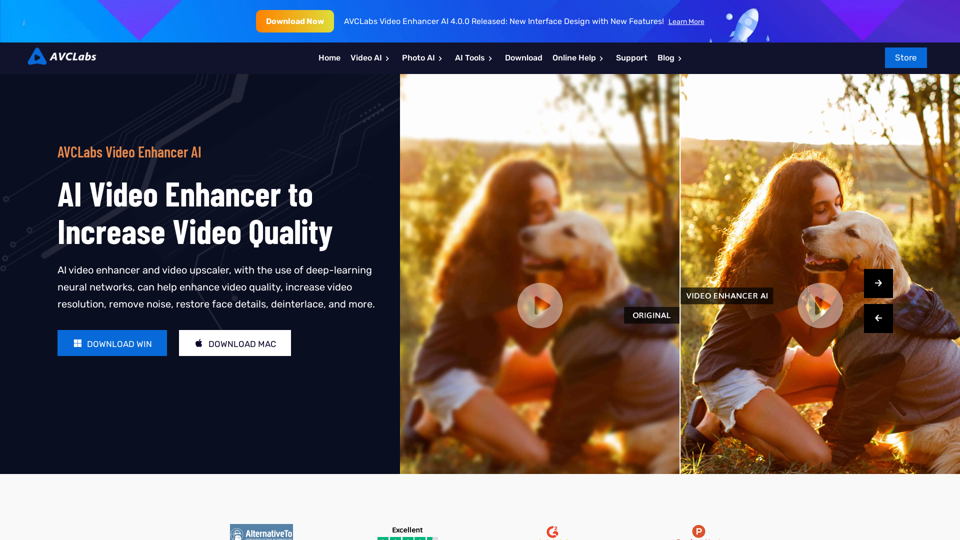
AVCLabs AI: Enhance Your Video and Photo Quality with AI
AVCLabs AI: Enhance Your Video and Photo Quality with AIAVCLabs is an AI products provider, which is dedicated to serving customers with products including Video Enhancer, Photo Editor, Photo Enhancer, and Video Blur AI.
356.07 K
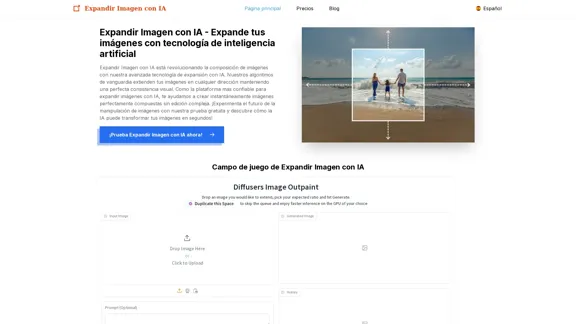
Expand Image with AI - Expand images for free with AI, free trial to extend images.
Expand Image with AI - Expand images for free with AI, free trial to extend images.Expand Image with AI is the leading platform that allows you to expand and extend images using artificial intelligence technology. Simply upload your image to our AI system to expand images and get impressive results in seconds. Experience the future of image composition with our advanced Expand Image with AI technology.
0
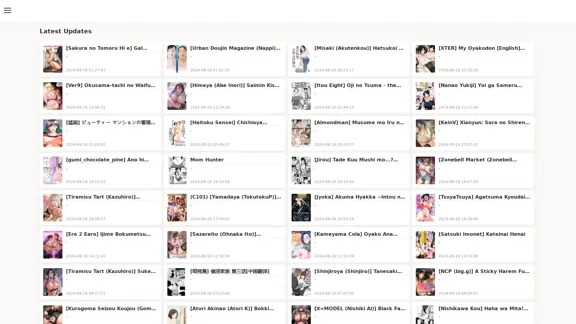
FreeAI Manga is a website that provides free access to a wide variety of manga content, including doujinshi and adult-oriented manga. The site features a regularly updated collection of manga titles across different genres and languages, with a focus on fan-translated works.
0
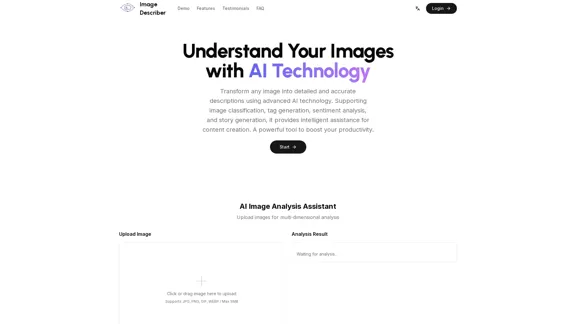
Image Describer - Free AI Image Description Tool, Allowing Every Image to Communicate
Image Describer - Free AI Image Description Tool, Allowing Every Image to CommunicateImage Descriptor is a free AI tool that identifies and describes the contents of images. Generate accurate, detailed image descriptions effortlessly.
5.16 K

